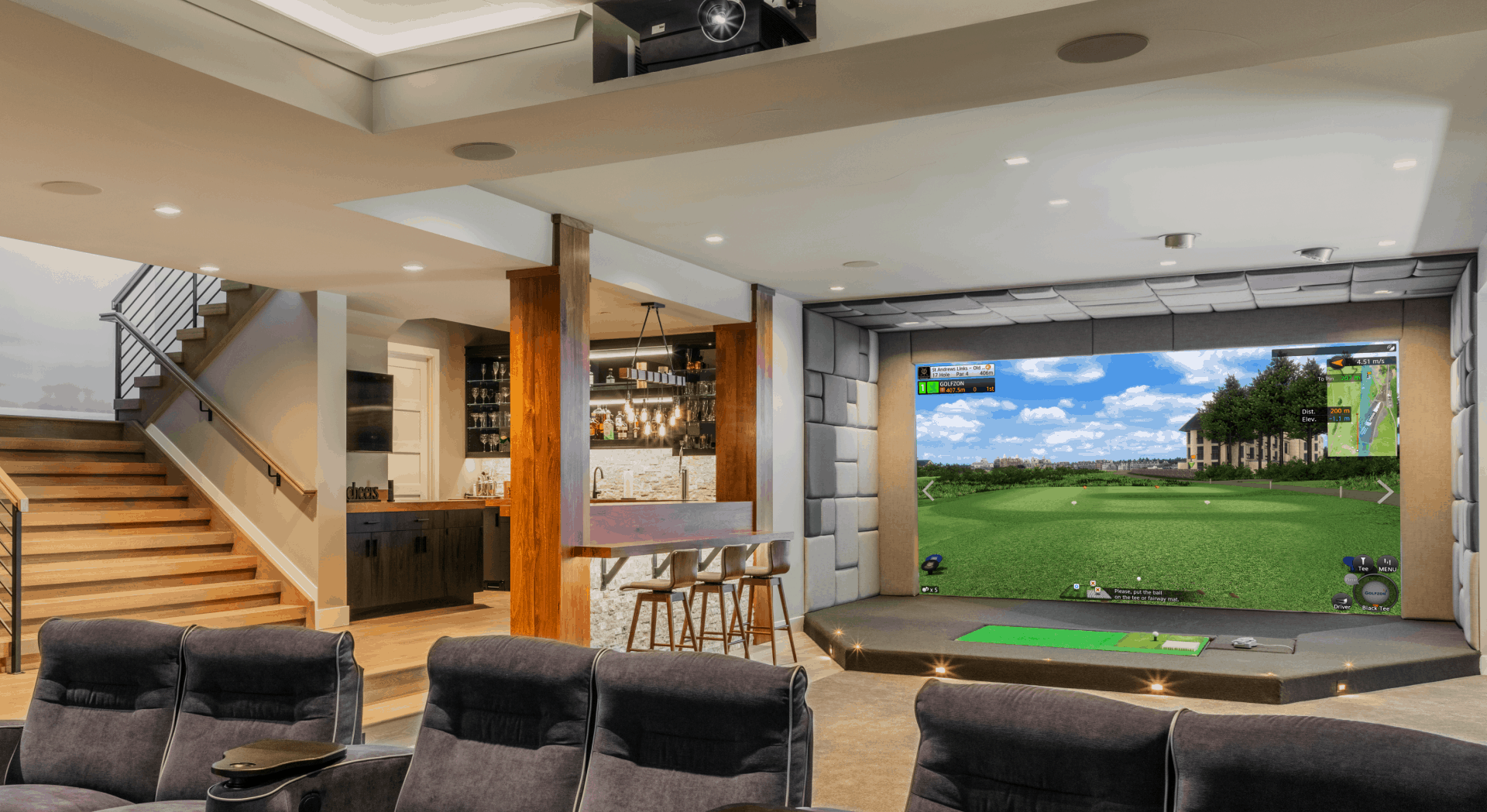
Virtual Golf: An In-Depth Look at Golf Simulators
Golf is a game that requires precision and dedication. But with the rise of technology, more and more golf enthusiasts are looking for ways to improve their skills without having to travel to the course. That’s where golf simulators come in. These virtual setups allow golfers to practice and play in a simulated environment that mimics real-world conditions. In this blog post, we’ll explore the world of golf simulators and their benefits.
There are two types of golf simulators: optical and radar. Optical simulators use high-speed cameras to track the ball’s movement and calculate its trajectory, while radar simulators use Doppler radar technology to measure the ball’s speed and spin rate. Optical simulators tend to be more accurate but can only be used with certain types of balls, while radar simulators are more versatile and can be used with any ball.
By far, the most prominent advantage of golf simulators is convenience. No longer do golfers have to rely on good weather or have to worry about the commute to the golf course. With a simulator, they can practice right in the comfort of their own home or at the local driving range. Additionally, simulators can help golfers improve their swings as they provide detailed data on swing speed, clubface angle, ball speed, and launch angle. They also offer virtual practice greens and greenside bunkers, allowing golfers to work on their short game.
Aside from their basic characteristics, golf simulators offer a wide range of features that mimic real-world conditions. Many simulators have a variety of course selections, including those from the PGA Tour, and can be customized to fit the golfer’s preferences. They also have features that reflect the weather such as wind, temperature, and humidity, to make the simulation as lifelike as possible. Most simulators have high-definition screens that provide 4K resolution and up to 180-degree views, making the simulation feel realistic.

Setting up a golf simulators requires a fair amount of space, including a high ceiling to allow for full swings. The equipment includes a projector or a high-definition screen, sensors or cameras to track the ball, and a computer to run the simulation program. Costs for a simulator vary depending on the type of simulator, the quality of the components, and the installation fees. The price of a golf simulator can range from $5,000 to over $50,000.
Before purchasing a golf simulator, it’s essential to consider the available space, the type of simulator, and the golfer’s specific needs. It’s also important to read reviews and compare prices. One of the most important factors to look out for is compatibility with third-party software that allows golfers to access additional courses, statistics, and gameplay options.
In conclusion, golf simulators have revolutionized how golf is played and practiced. They offer a convenient, cost-effective, and practical alternative to traditional golf courses. They provide golfers with the opportunity to hone their swing, improve their stats, and enjoy their favorite game all year round. So, whether you’re a seasoned pro or a beginner, give golf simulators a try and see how they can improve your game.
Leave a Reply